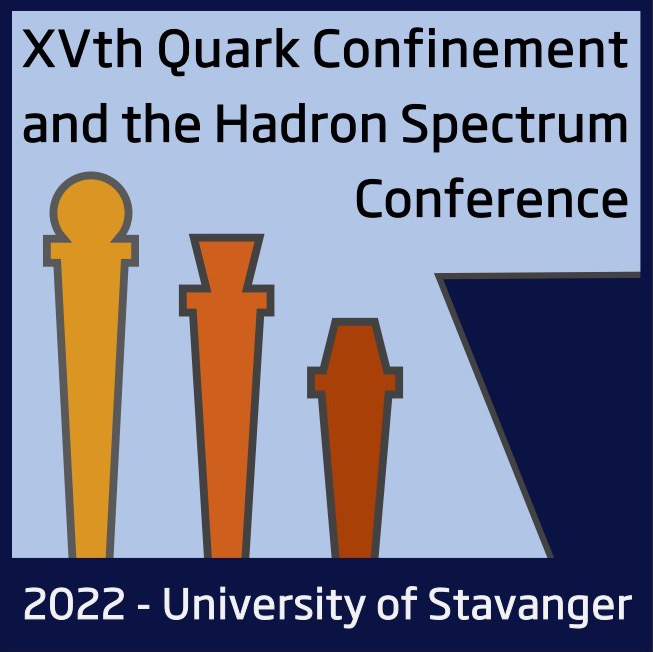Speaker
Description
Lattice methods are spectacularly successful in measuring thermodynamic properties of strongly interacting matter described by Quantum Chromodynamics (QCD) at small baryon densities, however the existing lattice techniques cannot be easily extended to large densities due to the infamous "sign problem". In this work we have studied the hadronic phase of QCD using relativistic nuclear mean field models for a large range of baryon densities. We have specifically chosen two hadronic models which are well constrained from the neutron star merger data. We have compared different thermodynamic observables like the fluctuations of baryon number, electric charge, strangeness, etc calculated within these models at $\mu_Q/\mu_B=0.4$ and zero net strangeness to the exact results available from lattice QCD. This may allow one to better constrain such models, and in understanding the relative importance of different hadronic interactions. We have also estimated the line of constant energy density, as obtained from lattice QCD near the crossover region at $\mu_B=0$, for a wide range of net-baryon densities. Furthermore choosing the two models, one with and other without strangeness, allows us to understand the relative importance of the latter near the chiral pseudo-critical region for a wide range of $\mu_B$.

